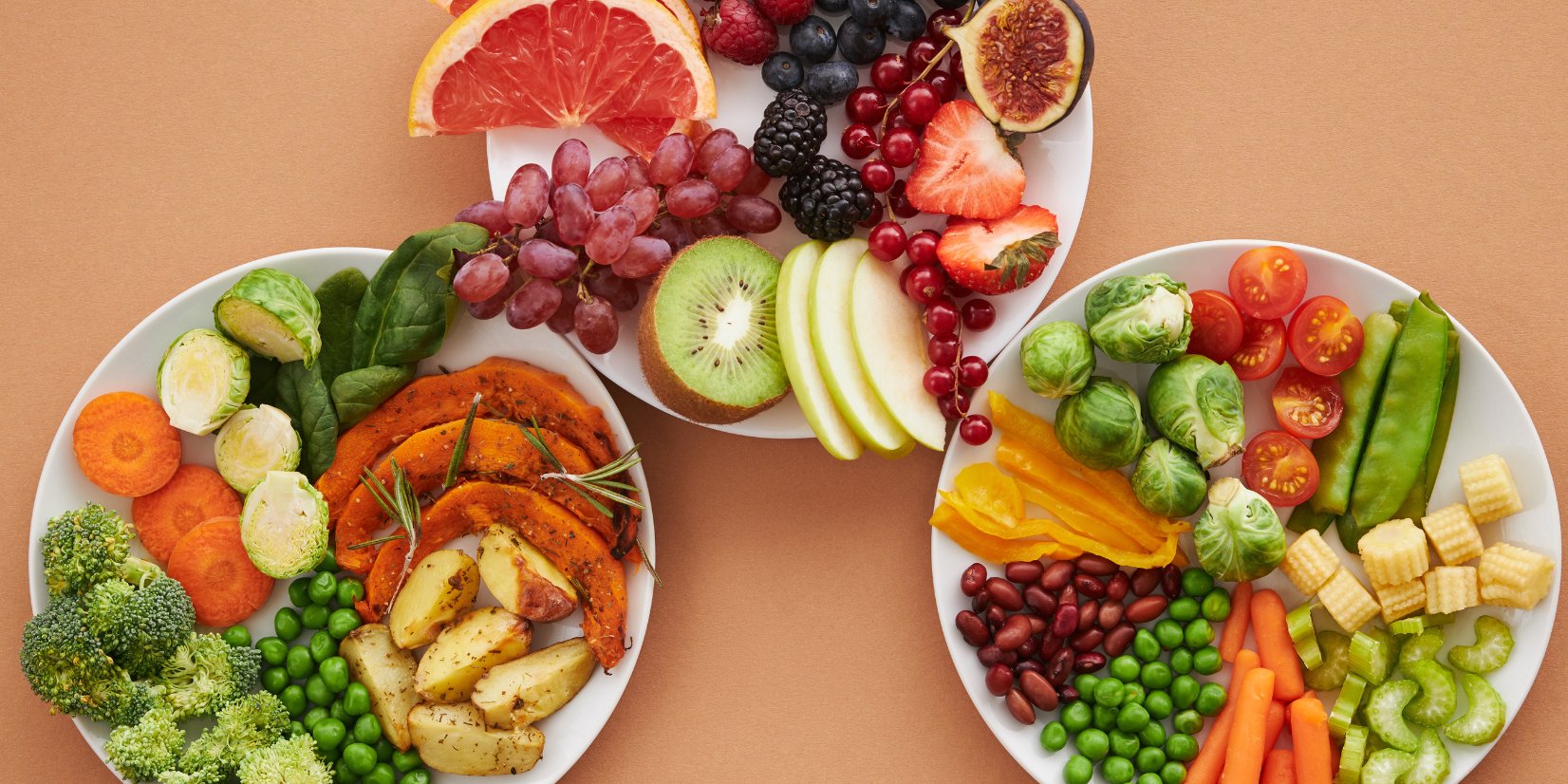DASH for your heart
- Category: Healthy Living, Heart Health, Diabetes and Healthy Eating
- Posted On:

Stefanie Rekdal, RDN, CDCES
If you’ve ever watched TV or glanced at social media, you’ve certainly been bombarded with ads promoting the latest and greatest fad diet that’s sure to cure all that ails you. Dieting is a multi-billion-dollar industry that preys on people with chronic illnesses or those who have a desire to lose weight, which describes just about every American.
One way of eating for good health that is here to stay is the DASH diet. DASH stands for Dietary Approaches to Stop Hypertension. First introduced in 1997, it is a diet promoted by the National Institute of Health's National Heart, Lung, and Blood Institute (NHBLI) for reducing blood pressure.
Far from being a fad, the DASH diet has been ranked as one of the top 3 in the Best Overall Diet category by US News & World Report every year since the ranking system started in 2011. The criteria for Best Overall Diet is a meal plan that is relatively easy to follow, nutritious, safe, and effective for weight loss and against diabetes and heart disease. Sounds great, right?
You may be asking yourself: “Where do I begin?” Start by focusing on the foods you SHOULD be eating, rather than those you shouldn’t. The DASH way of eating emphasizes vegetables, fruits, and whole grains, which naturally lead to a reduction in sodium intake and an increase in intake of lots of vitamins and minerals that keep our hearts healthy.
Here are four easy additions to your diet.
1. Add fruit and veggies to each meal
If you aren’t used to eating a lot of fruit or vegetables, start by adding an extra serving to each meal. You can add peppers and onions to your morning eggs, toss a handful of berries into your oatmeal, snack on cucumber slices or baby carrots with hummus, top your sandwich with crispy greens and tomatoes, and pop a bag of steamable green beans in the microwave while you prepare your dinner.
2. Include low-fat dairy
Include three servings of low-fat or fat-free dairy products in your daily plan. Stock up on Greek yogurt, part-skim string cheese, and reduced-fat shredded cheese to add to your meals and snacks.
3. Include lean protein
Include a lean protein source with each meal and aim for 1–2 fish meals and at least 2 meatless meals per week.
4. Look for meat alternatives
You may opt for dried beans or soy products as meat alternatives. When it comes to fats, focus on those that will benefit your heart, such as avocado, olive oil, nuts, and seeds, rather than the more artery-clogging trans and saturated fats, such as fatty meat and whole-milk dairy products.
Limit sweets
And finally, limit your intake of sweets and processed “junk foods.” If you shift your attention to all the healthy foods you should be including, you will feel more satisfied and less inclined to search for chips, cookies, cakes, and pies.



.jpg)